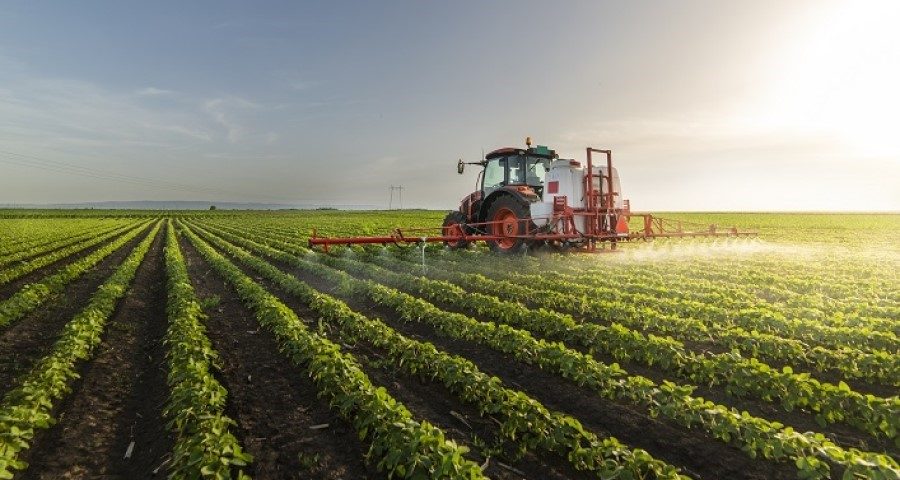Doing business

The agricultural sector is undoubtedly one of the key pillars of the Ukrainian economy, with exports generating 62% of foreign exchange earnings in 2023 alone, said Olha Stefanishyna, Deputy Prime Minister for European and Euro-Atlantic Integration of Ukraine.
“The Ukrainian agro-industrial complex has withstood difficult conditions and continues to operate, supporting the economy, guaranteeing food security not only in Ukraine but also in the world – in Africa, the Middle East, and Southeast Asia,” she said at the presentation of the Strategy for the Development of Agriculture and Rural Areas until 2030 in Kyiv on Friday.
She recalled that a significant part of Ukrainian agricultural products was exported to the European Union, with which Ukraine had a free trade area, in particular due to unprecedented measures taken by the EU, which introduced autonomous trade preferences at the beginning of the war and increased Ukraine’s logistics capabilities through solidarity.
The Vice Prime Minister emphasized that this decision of the EU was made possible thanks to the experience of implementing the Association Agreement, the development of the Ukrainian agricultural sector under the influence of the implementation of European legislation and the gradual adaptation to the norms of EU production standards since 2014.
“Today we are witnessing a new stage of integration of the Ukrainian agro-industrial complex… into the EU internal market. For the first time in its history, Ukraine is proposing not only a strategy for agricultural development, but also a strategy for Ukraine’s membership in the European Union, a strategy that envisages that Ukraine will become part of a large internal market – the most developed, dynamic and competitive one,” Stefanishyna emphasized.
The Vice Prime Minister expressed confidence that the introduction and implementation of the approaches envisaged in the agricultural development strategy will not only lead to the achievement of European standards, but will also increase the productivity of the agricultural sector, promote export growth, create new jobs, stimulate the production of value-added goods, increase competitiveness, and guarantee the sustainability and security of the production growth in Ukraine.
Stefanishyna added that the strategy submitted to the public contains elements of the commitments under the Ukraine Facility program. The strategy, in turn, provides for rather targeted but systematic measures to invest in and restore the Ukrainian agricultural sector and restore Ukraine’s economic well-being.
At the same time, the Vice Prime Minister noted that Ukraine will have a lot of homework ahead of it, as agriculture is one of the most developed areas of regulation in the European Union.
“There are a lot of new obligations that will lead us to the fact that our agricultural borders will not be limited to 40 million consumers, but will be 500 million consumers – on the one hand. On the other hand, during the negotiation process on membership, which will be led by Ukraine, there will also be an internal reform in the field of agricultural policy, agriculture in the European Union. It was actually launched against the backdrop of the consequences of Russian aggression and against the background of the EU being predictable, prudent and competitive in this area,” said the Deputy Prime Minister for European Integration.
She also thanked the Ministry of Agrarian Policy for its initiative to develop the Strategy for the Development of the Agricultural Sector until 2030, which will form the basis of Ukraine’s negotiating position.
Stefanishyna also expressed confidence that by the end of the Strategy for the Development of the Agricultural Sector, Ukraine will already be a member of the EU.
Source: https://interfax.com.ua/